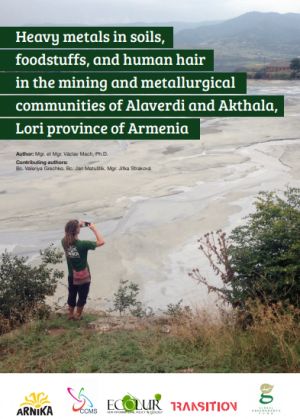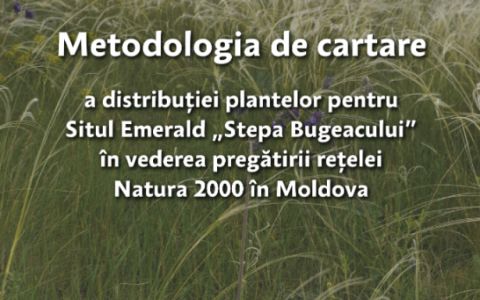The study was focused on the monitoring and evaluation of pollution by heavy metals in the industrial region of Alaverdi and Akhtala in the north-east of Armenia. A set of samples of soil, foodstuffs (home-grown vegetables, fruits, and honey), and human hair was carried out to monitor the distribution of industrial contamination with respect to various legislative limits and potentially hazardous effects on human health.
According to the results, all the presumed potential sources (the Alaverdi copper smelter, the Akhtala mines, and the tailing dams) seem to be threats to the environment. Analysis using the Risk-Integrated Software for Cleanups (RISC) indicated that the riskiest heavy metal in the area of interest was arsenic, followed by cadmium. Higher concentrations of heavy metals in garden soils indicate anthropogenic pollution with potentially hazardous effects on the health of the local population.
The maximum levels of cadmium and lead in foodstuffs set by the FAO/WHO and the European Union were met in our samples of fruits and vegetables. In the case of the food safety requirements set by an Order of the Minister of Healthcare of Armenia, one leaf vegetable sample (Malva) exceeded the maximum permissible level of cadmium. We did not find significantly higher levels of heavy metals in vegetables and fruits than other studies from the same mining area, except for one leaf vegetable sample (Malva). The calculations show that none of the heavy metals exceed the reference value of the target hazard quotient when a mix of the foodstuffs that were investigated is consumed.
From thirteen hair samples taken in the mining area, most of them show good or normal results comparable with other studies investigating pollution with heavy metals from around the world. One sample contained a significantly higher mercury concentration, but safely below the US EPA recommendation of a 1.0 mg/kg reference dose not to be exceeded in women of childbearing age. Three hair samples from one farm located in Akori contained elevated levels of nickel in comparison with levels found in studies conducted in various sites around the world.







